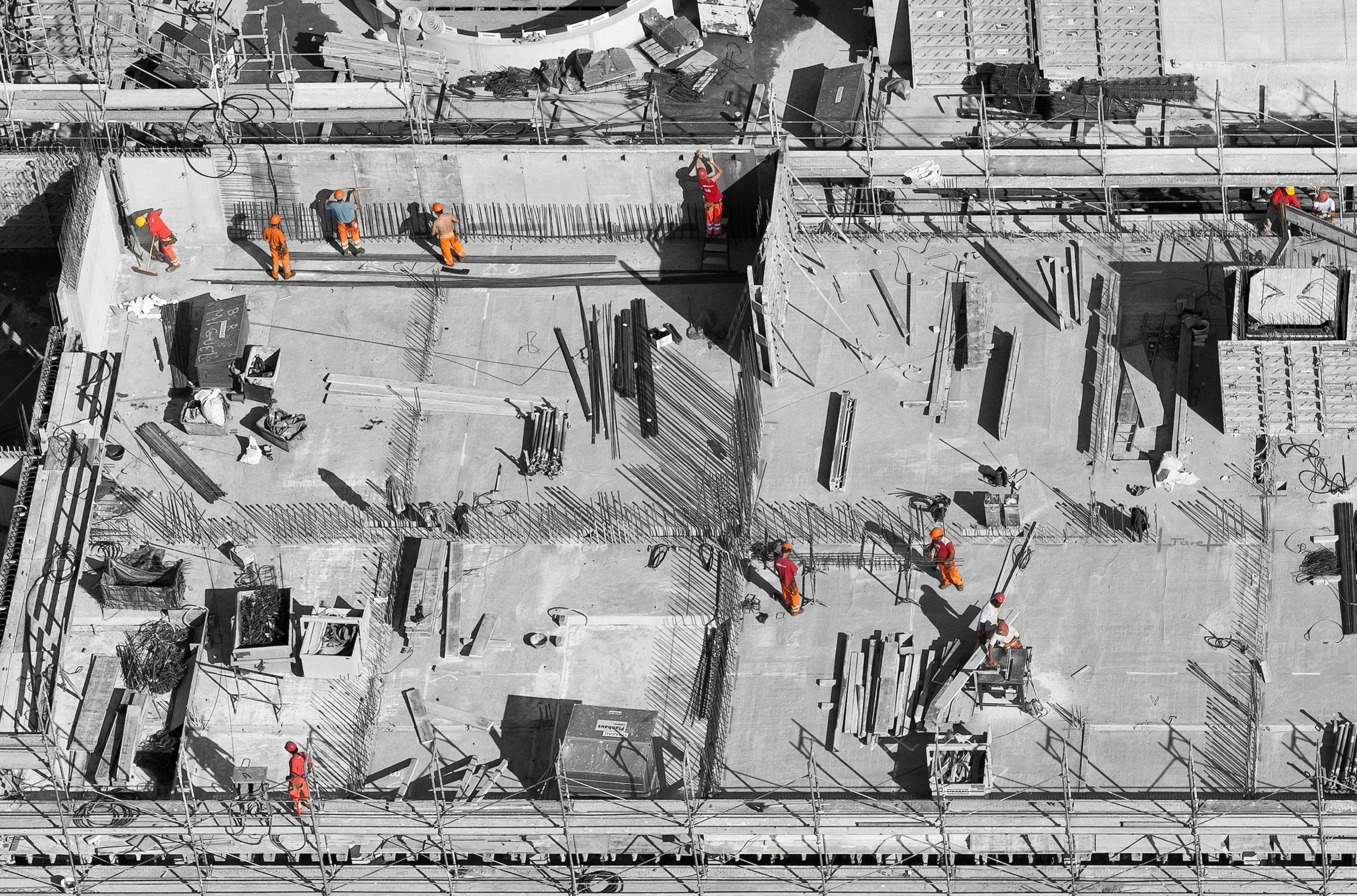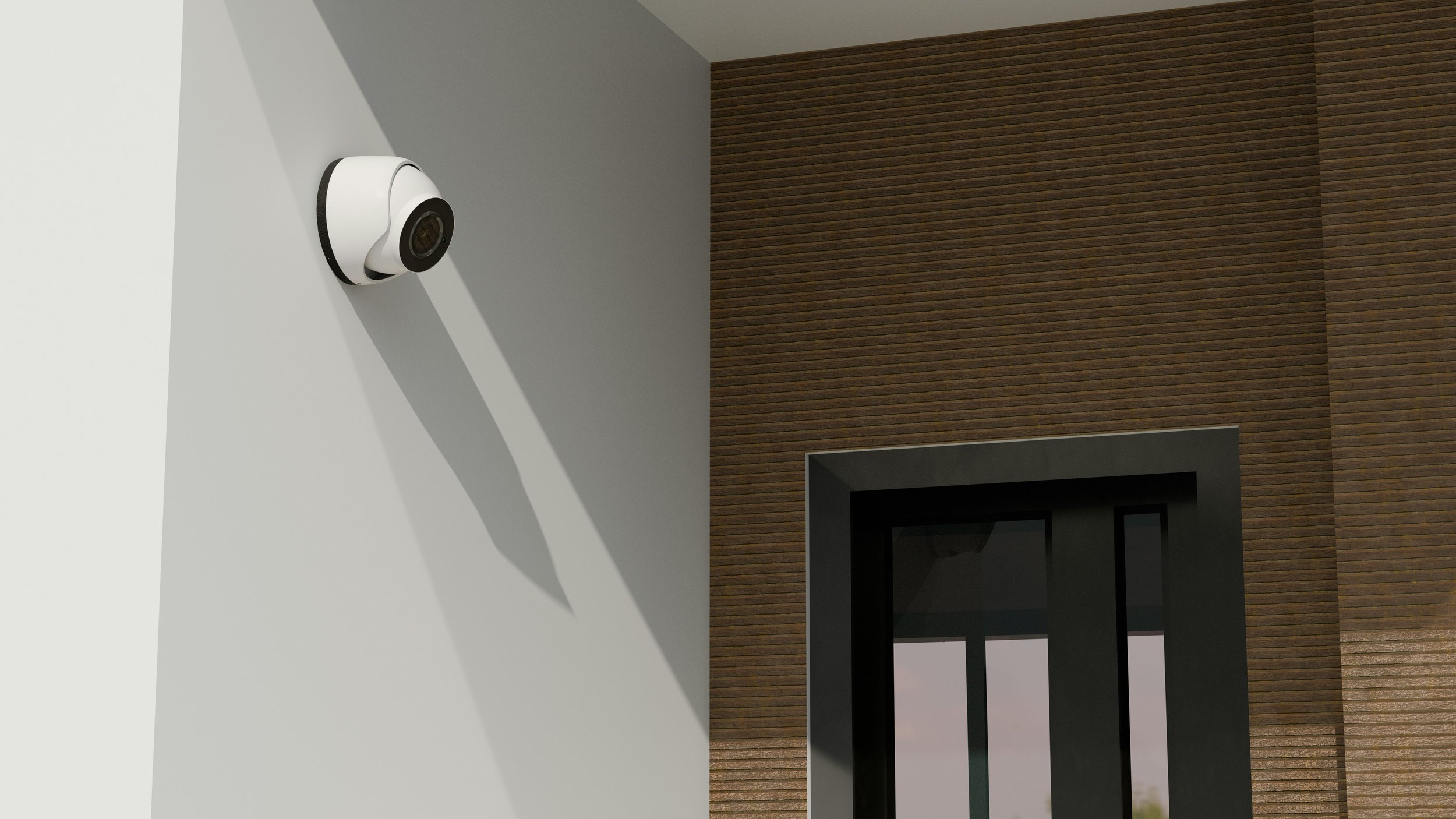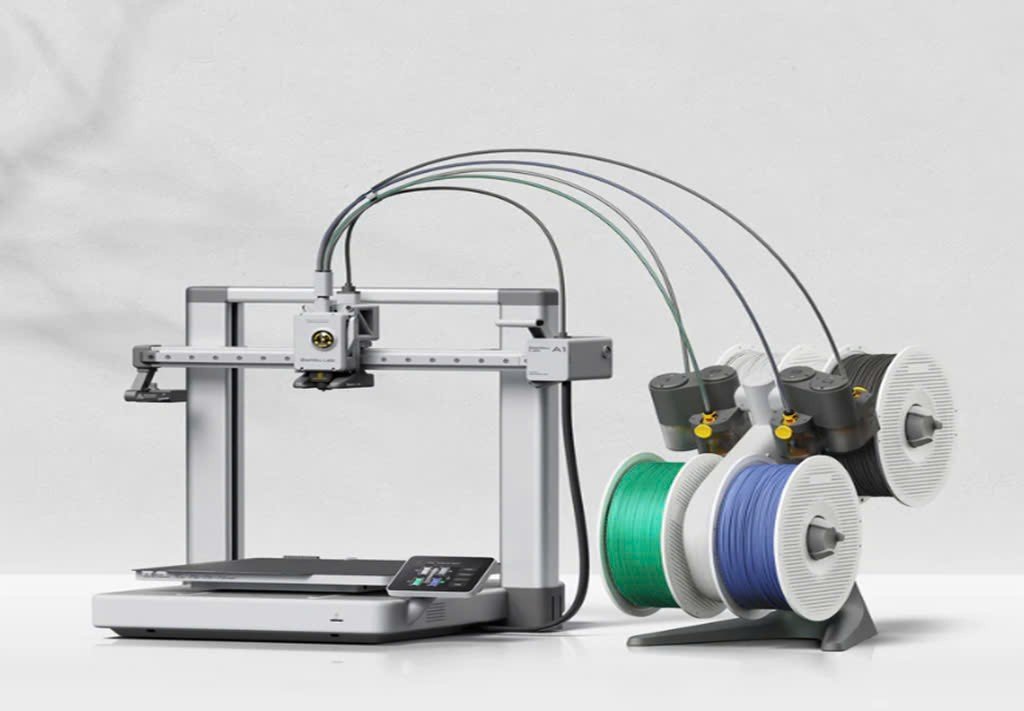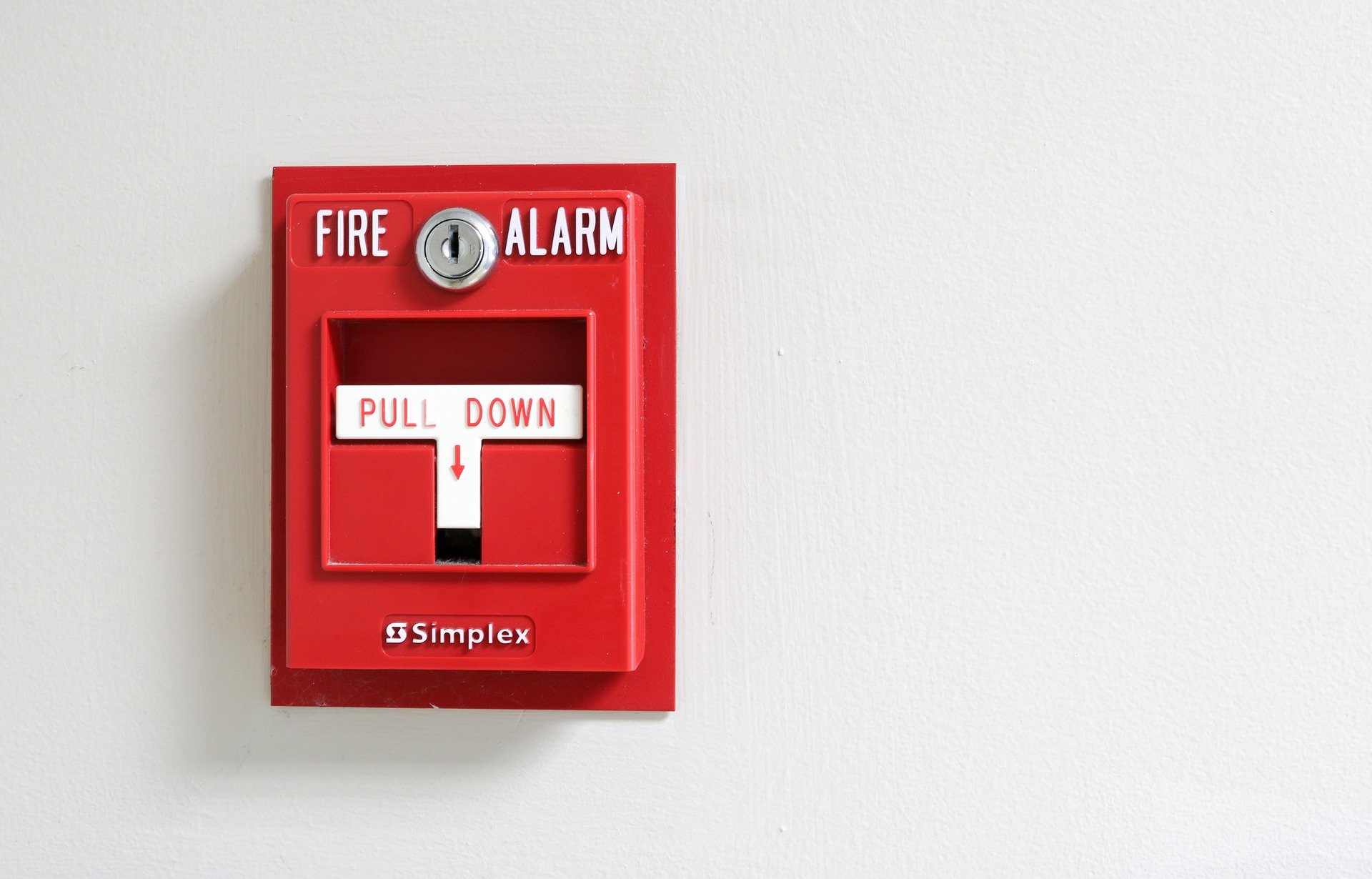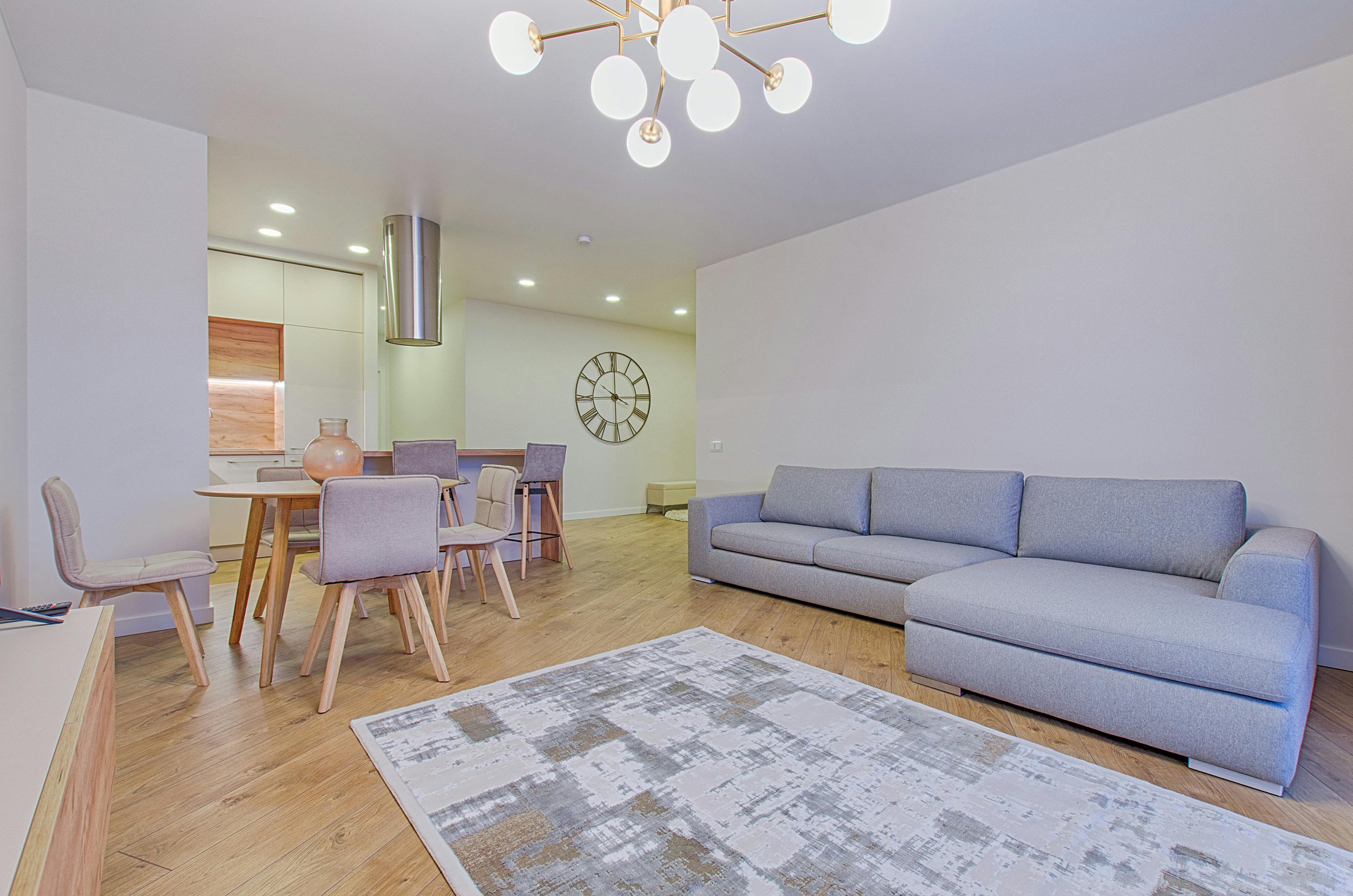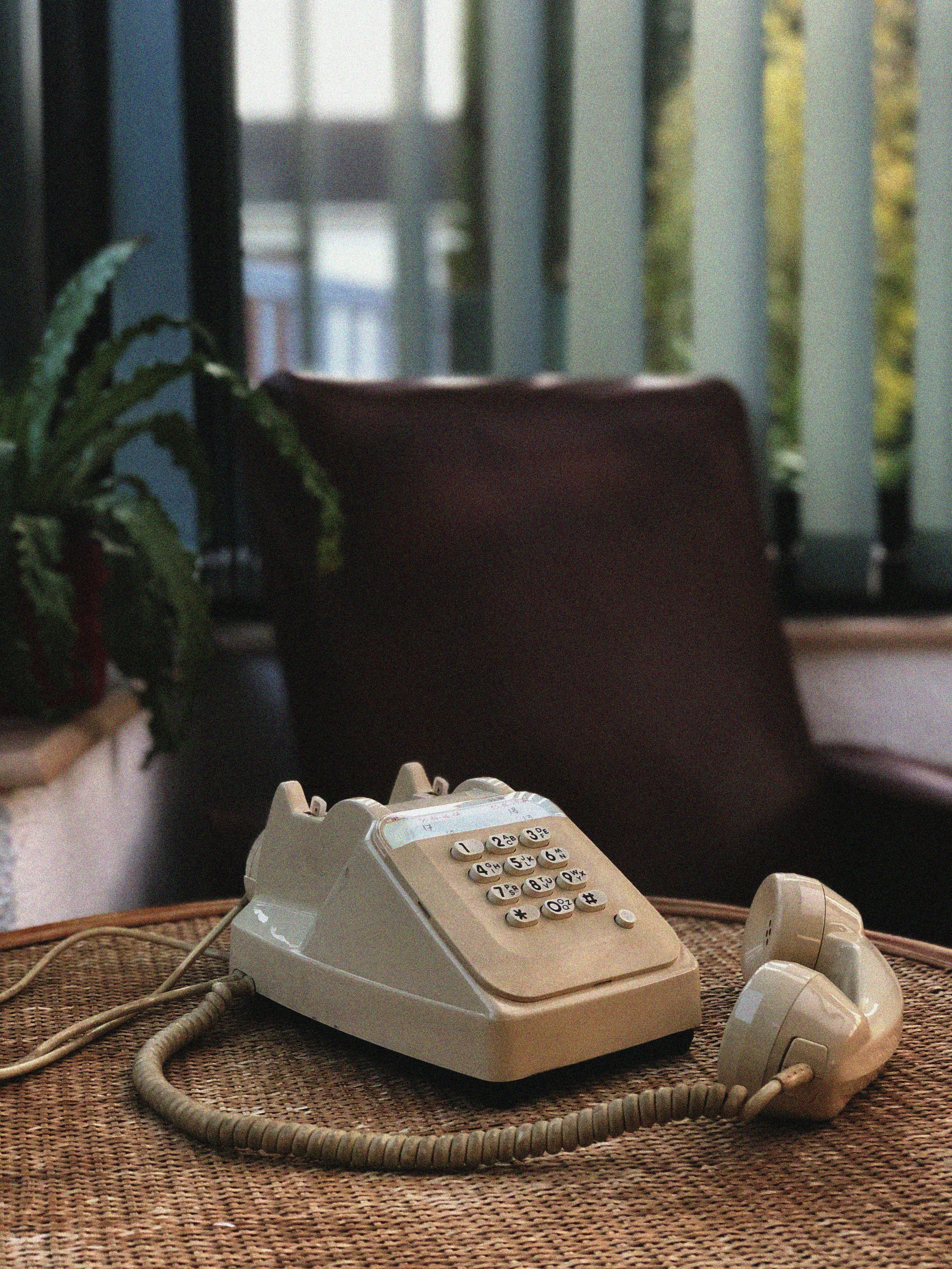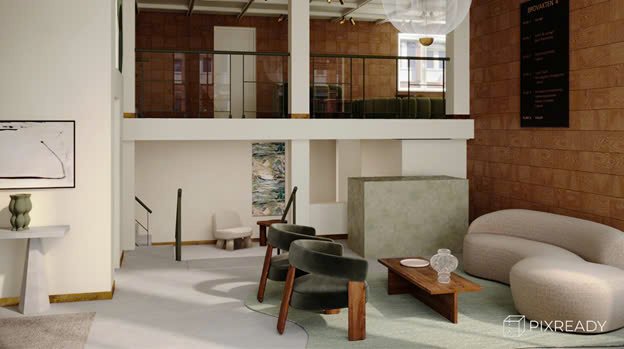How to Budget Your Bathroom Remodel With an Hourly Pay Calculator
Learn how to budget your bathroom remodel effectively using an hourly pay calculator. Get tips on estimating costs, managing expenses, and ensuring your project stays within budget.
A bathroom remodel is one of the most popular home improvements undertaken by many homeowners. After all, who does not dream of a beautiful, modern, and functional bathroom? Renovations in the bathroom may easily cut your budget if you are not careful. That is why it is important to plan things well in advance and set a reasonable budget from the very beginning.
A salary paycheck calculator is an efficient tool to help you control expenses, mainly labor. You will see how this changes the game in keeping on top of your bathroom remodel budget.
In this blog post, we will elaborate on just how to use an hourly pay calculator to your advantage during your bathroom renovation project. We'll show you how it will help you contain those labor costs to make sure you don't blow through your budget.
Whether you're hiring a contractor or plan to tackle some of the work yourself, estimating costs is a breeze with this hourly pay calculator, especially as labor is one of the most expensive elements in a bathroom remodel.
The Significance of Budgeting for Bathroom Remodels
Industry data suggest that a well-planned bathroom remodel can yield a 60-68% return on investment. However, failing to budget properly can lead to costly overruns, diminishing the project's value and potentially leaving you with unfinished or subpar results.
Using an hourly pay calculator for effective budgeting maximizes your investment and ensures a successful remodel.
Understanding the Costs Involved in Bathroom Remodeling
What costs are involved in the bathroom remodel? These are:
Materials and Fixtures
This is the category that will take a share of the overall budget, often coming in above the fixed cost in total. It includes tiles, countertops, cabinetry, and all the plumbing fixtures and accessories for the bathroom.
The cost of the materials, therefore, is surely going to vary considerably, factoring in quality, brand, and the type of finish you go for to ensure you get your best result. For example, natural stone tiles of high quality and custom cabinetry are likely to be more cost-involving concerning your budget compared to the most inexpensive options.
Labor Costs
Labor costs may account for 20% of the total budget to be incurred in a typical bathroom remodel. They involve the amount used to engage contractors, plumbers, electricians, and other professionals.
Hourly rate to salary for these professionals can vary greatly based on experience, the magnitude of the project, and geographical location. Research average rates in your area and consider the estimated number of hours required for each task.
Design and Planning
A professional designer or architect will charge extra dollars, but he gives very much in return: an organized and workable design, proper material selection, and a guarantee that the job is done according to building codes and regulations. Licenses and Unforeseen Costs
Depending on the scope of your remodel and local building codes, you may be required to get other permits, such as electrical, plumbing, or structural permits. The cost for these permits may vary, but it is important you include them in your budget.
Also, there should be a contingency fund that provides at least 10% to 20% of the total budget for other unforeseen expenses that may crop up during the remodel. Some of the surprising costs may come from unforeseeable structural pitfalls, delays, or changes in the original plan.
This way, understanding the breakdown of these costs helps you come up with a comprehensive budget for the bathroom renovation.
Setting a Realistic Budget
With a clear idea of what is involved in the process, you can now proceed to try and get a realistic budget set for remodeling your bathroom. Here are a few steps to try and define an appropriate budget:
Take a good look at your financial situation: Review your sources of funds, savings, and potential financiers to come up with a maximum that can be allocated comfortably to the remodel. Look at your entire financial goals and priorities to ensure that the remodel doesn't put you in a precarious financial situation.
Average Cost in your Area: Research the average cost of having bathroom remodels in your specific geographical area. Most of the industry data quoted shows that the average cost could be from $5,600 to $15,100, but this may vary widely from place to place since other factors include the size of your bathroom, the quality of materials you decide on, and how intricate the project is going to be.
Decide what your priorities are: List all the must-haves and nice-to-haves for the remodel. You will therefore be in a position to put your money where it matters most and be aware of where, under pressure, you may need to trim your sails.
Develop a detailed budget: Use your research and priorities to develop a budget that is detailed enough to include all possible expenses, such as materials, labor, design, permits, and a contingency fund.
Create a contingency fund: As has been discussed above, it is prudent to have a contingency budget that will cater to not less than 10-20% of your total budget in case of any eventuality during the remodel. This will ensure one remains on track with the budget, which will not be blown or an adjustment that could affect the quality of the project.
Investigate financing: If you find that the remodel you are looking for is out of your price range, investigate financing solutions like home equity loans, personal loans, or credit cards with promotional 0% APR offers. Be sure to take into account any additional costs associated with financing, such as interest rates and fees.
With these steps, and as long as you take the time to develop a comprehensive, and realistic budget, you will be better prepared to navigate the financial aspects of your bathroom remodel to make informed decisions throughout the process.
Remember that a well-thought-out budget helps you stay within your finances and allocate funds in the pursuit of your dream bathroom.
Utilizing an Hourly Pay Calculator to Estimate Labor Costs
Labor cost estimations can probably be some of the hardest to do with the right accuracy, given that it varies depending on the scope of work, the experience of the contractor, and the location of your project. This is where an hourly paycheck calculator proves useful.
An hourly pay calculator estimates how many hours it would approximately take to complete different types of tasks, translating the hours into a realistic estimation of labor cost. Here is how to use an hourly pay calculator to estimate labor costs for your bathroom remodel:
Identification of tasks entailed: Break down your renovation into identifiable tasks such as demolition, plumbing, electrical work, tiling, and painting.
Estimate hours needed: Use a pay per hour calculator to estimate the number of hours likely required for each task. Of course, this does depend on variables such as how big the bathroom is, how complicated the work is, and how skilled a person must be.
Average hourly rate: Find out what the average hourly rate is for contractors, plumbers, electricians, and other skilled workers in your area. This can vary greatly with contractors charging between $40 and $100 an hour, plumbers charging between $45 and $150, and electricians charging between $50 and $130 an hour.
Find total labor cost: Multiply the estimated number of hours by the average hourly rate for each item. This will provide a general estimate of what labor will cost in each area of the remodel.
Extra labor costs: Don't forget to include extra labor costs for installing the drywall, which could add between $1.50 to $3.50 per square foot, along with all other labor costs that could be accrued for specialized activities.
You can use an hourly pay calculator and research the average rates in your area to develop a more accurate estimate of what labor costs will be involved in your bathroom remodel. You will thus be wise in the allocation of budget in this respect and run away from possible surprises on the matter afterward.
Allocating Funds Wisely
After you have an idea of the scope of expenses involved and put together a realistic labor cost estimate, it's time to be strategic in your fund allocation. Here are some tips to help you make the most of your bathroom remodel budget:
Prioritize Investments that Increase Home Value
Though there might be a temptation to splurge on items such as luxurious finishes and high-end materials, try to invest in items that may have greater potential to raise the value of the home. It is important to put your money into changes that are made, particularly in functions, energy efficiency, and look, as these are the things that will likely give you more money back.
Choose Wisely the Materials
The choice of materials is where you can potentially save a lot of money, as per industry data, mid-grade material selections can save you up to 50% compared to high-end choices, with no quality or aesthetic compromise.
Consider Do-It-Yourself Options
If there are things you can do yourself, and you have the time and skills required, then taking on part of the project helps save on labor. Weigh the savings versus your time and effort investment and risk if you are better off hiring out a particular aspect of the remodel.
Indeed, from data collected from the industry, DIY remodels can cost anywhere between $1,500 and $10,000. These estimates are based on hiring a pro taking up only 20% of the entire remodel cost.
Strategically Time Your Purchases
Some of the materials and fixtures may always cost much less during certain seasons or sale periods. You could save a lot by making your purchases at such times.
By implementing these cost-saving strategies, you can stretch your budget further and potentially allocate more funds towards essential aspects of the remodel or invest in higher-quality materials where it matters most.
Monitoring and Adjusting the Budget
As your bathroom remodeling progresses, it is important to continue monitoring your expenses and adjusting your budget accordingly. Here are a few tips to help you make sure you stay on course:
Track your expenses: Have any kind of system in place to be able to track those expenses whether it's a spreadsheet, a budgeting app, or a ledger.
Review your budget often: Industry professionals would advise you to, at the very least, look over your budget and expenses one time each week during the remodeling. In this way, you will be able to identify some inconsistencies or issues that might crop up early.
Use hourly wage calculator: Through the course of the project, continue to check on your hourly wage to salary to keep an eye on actual labor costs and adjust your budget as needed.
Communicate with your contractor: If you find your budget getting way off track, be open with your contractor to see where you can save some money or what may need to be adjusted in the project scope.
Consider the industry research in this area, which states that the time frame for a typical bathroom remodel varies from 15 to 25 days meaning that it's a week longer than the industry standard. Be on the watch for overages so you can adjust and hit your time frames and budgets.
Conclusion
Correct budgeting for a bathroom remodeling project can be the difference between financial feasibility and lack of it. Well, you can best spend reinvestment by using a paycheck calculator hourly to estimate how much labor you will need, spending the money wisely, and then tracking the expenditure throughout the entire process.
Bathroom remodeling can provide a good 60-68% ROI, as per the industry data. Implement the strategies of this guide to increase the likeliness of a high ROI, all this while attaining the creation of a functional, beautiful, and valuable living space.
Never underestimate the importance of careful budgeting and cost management in bathroom renovation. With the best tools and strategies, you can be sure that your dream bathroom will be created minus a big hole in your pocket.
Ready to embark on your bathroom remodel? Download the detailed hourly salary calculator below, and instantly be able to get a rough estimate of all of your labor costs immediately.
Just remember, work planning and budgeting are the keys to a stress-free, successful remodel. Feel free to contact us at any time, contact a team of professionals is at your disposal for any advice or support needed in personalizing your project.
FAQs
1. How accurate are hourly pay calculators for predicting total labor costs?
Hourly pay calculators are very rough estimates, given average rates and typical project timelines. Actual labor costs can vary depending on the experience of the contractor and any other added costs such as labor costs for any further complications that might develop during the remodel. For more specific accuracy, do your research on local rates, be open with your contractors, and modify your estimates as the project goes on.
2. How to keep costs down on bathroom renovations?
Yes, doing a specific part of the remodel can save you considerably on labor costs. Doing it yourself can save a remodel up to 60% of the cost of labor, according to industry data. To decide, think about the time, effort, and potential risk involved. Only try DIY when you have the skills and experience to perform safely and to a high standard.
3. What should I do if my remodeling costs exceed my budget mid-project?
It is very important to act quickly if it should overspend during the process of the remodel. Communicate openly with your contractor: you are open to knowing what could be causing the cost overruns and maybe some of the cost-effective options available. You may need to compromise on some things by giving priority to certain jobs and cutting down on a few things here and there that you might think of as upgrades or luxuries. Similarly, go back to the contingency fund and consider whether you can put in more money to cover the overrun. You may have to look for financing or re-adapt the project scope to match the new budget.
Stay up to date with our latest ideas!








